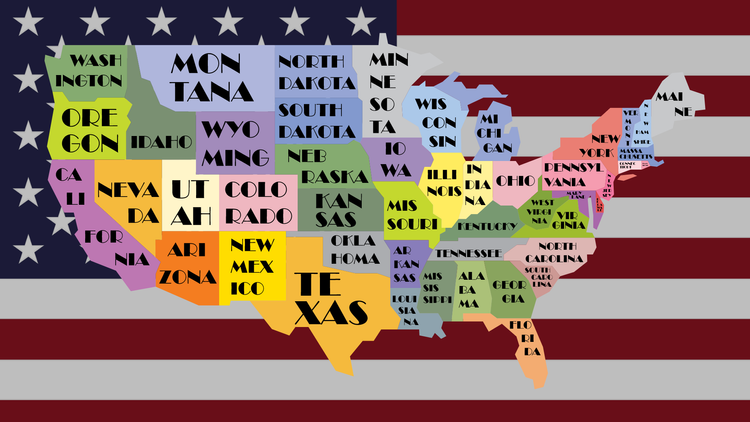Why the Next Revolution is Different
Andrew Carnegie started his career, at age 13, on a factory floor.
He then became a messenger, operator, and supervisor. By the age of 30, Carnegie owned railroads, factories, steamships, and other industrial businesses during the Second Industrial Revolution. He became one of the wealthiest people in history ($350 billion-plus in today's dollars).
Carnegie-level opportunities are only possible during fundamental and dramatic economic shifts. American per capita GDP grew by 3x over Carnegie's life.
Although the introduction of machines, automation, and clustering (namely cities) created enormous economic value, Carnegie captured a small percentage of a much larger trend in economic growth.

But such dramatic shifts have consequences.
Mass industrialization, itself the result of large-scale immigration and urbanization, created a multi-generational workforce challenge: old sector-specific knowledge, passed down from parent to child, was less useful for new work.
Carnegie lived in an era of information scarcity.
When new knowledge is difficult to access, it creates very long economic cycles of discovery, learning, and transition. Learning was the economy's long tail.
Access to information was so valuable that Carnegie credited Colonel Anderson, a local man who opened his library to young Andrew, with changing his life:
There came, however, like a blessing from above, a means by which the treasures of literature were unfolded to me. Colonel James Anderson--I bless his name as I write--announced that he would open his library of four hundred volumes to boys, so that any young man could take out, each Saturday afternoon, a book which could be exchanged for another on the succeeding Saturday ... Books which it would have been impossible for me to obtain elsewhere were, by his wise generosity, placed within my reach; and to him I owe a taste for literature which I would not exchange for all the millions that were ever amassed by man.
Enter our modern economy.
The World Economic Forum has named the upcoming economic shift the "Fourth Industrial Revolution." This concept is buzzword heavy – automation, artificial intelligence, accelerate, learning platform – but the core themes will have substantial impacts on how and where people work.
In many ways, the Fourth Industrial Revolution will be like the Second or Third Industrial Revolutions. Technology – hardware and software – will do a growing number of repetitive tasks. Most of the proverbial factory will be automated. So will driving, long-haul freight transportation, routine cleaning, and many other functions.
The difference between this "revolution" and earlier revolutions is that, now, information is not scarce.
Information is now abundant.
For the first time in human history, the economic base – and especially those hurt by an otherwise favorable trend – has real-time access to information that can increase its future earning potential dramatically.
This information can be packaged and delivered in highly-customized, jobs-to-be-done learning opportunities. Every factory worker, taxi driver, long-haul freight transporter, and cleaning person will have access to low cost, often remote professional development.
Software-enabled learning will not create an army of Fourth Industrial Revolution wizards, but it will empower millions of people who live and work outside of the main economic hubs.
And that's the point.
This next economic shift will create enormous wealth, and like earlier eras, most of it will be concentrated at the top.
The real question for the upcoming disruption is not how to create more Carnegie-like economic winners, but how to utilize free and accessible information to create fewer all-or-nothing economic losers.
We have the opportunity to win more by losing less.
But it will take a few things in short supply: creativity, courage, and vision.





